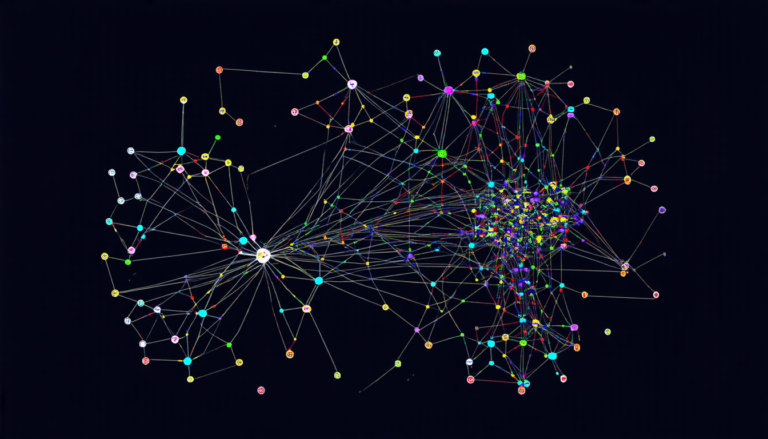Tuesday 26 August 2025
The world of Non-Fungible Tokens (NFTs) is a hotbed of activity, but it’s also a Wild West where security issues are increasingly becoming a major concern. As NFTs continue to be traded as digital assets, they have emerged as prime targets for cyber attackers seeking to exploit weaknesses in the smart contracts that govern their ownership and transfer.
A team of researchers has developed a new framework, called NATLM (NFT Assistant LLM), designed to detect potential defects in these smart contracts. The framework uses large language models (LLMs) to analyze the code and identify vulnerabilities before they can be exploited by hackers.
The process begins with static analysis, where the code is examined for structural, syntactic, and execution flow information. This data is then combined with vectors of known defect examples to create a matrix that serves as input into the knowledge base. The LLM performs deep semantic analysis on this input, enhancing detection capabilities and providing a more comprehensive identification of potential security issues.
The researchers tested their framework on 8,672 collected NFT smart contracts, achieving an overall precision of 87.72%, recall of 89.58%, and F1 score of 88.94%. These results outperformed other baseline experiments, successfully identifying four common types of defects: ERC-721 Reentrancy, Public Burn, Risky Mutable Proxy, and Unlimited Minting.
The importance of this work cannot be overstated. As the NFT market continues to grow, so too does the potential for financial losses if these security issues are not addressed. NATLM’s ability to detect vulnerabilities in smart contracts provides a critical layer of protection against cyber threats, ensuring that the integrity of these digital assets is maintained.
The development of NATLM also highlights the increasing importance of machine learning and natural language processing in cybersecurity. The integration of LLMs with traditional static analysis techniques has shown significant promise in improving detection capabilities, demonstrating the potential for this approach to be applied across a range of security domains.
As the NFT space continues to evolve, it is essential that researchers and developers remain vigilant in addressing the security concerns that arise. NATLM’s innovative approach provides a valuable tool in this effort, and its implications extend far beyond the realm of NFTs themselves. The potential for this technology to be applied in other areas of cybersecurity is vast, and its development represents an important step forward in the ongoing battle against cyber threats.
Cite this article: “Detecting Defects in NFT Smart Contracts with NATLM”, The Science Archive, 2025.
Nfts, Smart Contracts, Cybersecurity, Machine Learning, Natural Language Processing, Security Defects, Vulnerabilities, Llms, Static Analysis, Cryptocurrency







